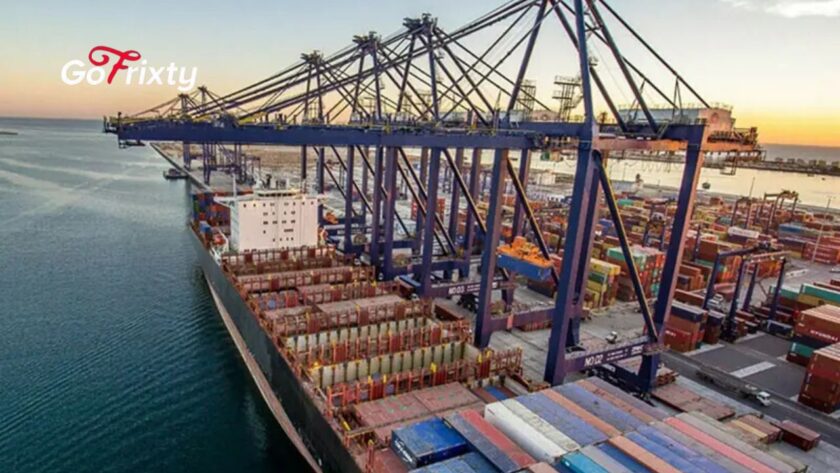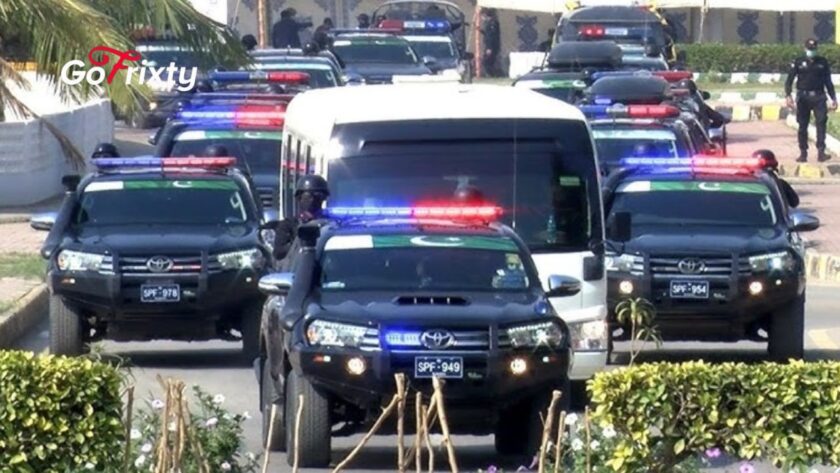Education in Pakistan has been termed as the lifeline of national development, the ladder to come out of poverty and the foundation of any modern society.However, in spite of this significance, the education situation in the country is a sad story of negligence, lack of efficiency and corruption.Although the Constitution states that all children between the ages of 5 and 16 are entitled to free and compulsory education, it is still a promise that has not been largely met.Pakistan invests in education an amount that is less than 2 percent of GDP which is way below international suggestions and even this low investment does not bear any significant results.The crisis is not only financial, but structural, political and moral.
A fact that cannot be ignored is that education is the foundation of national development, the stepping stone to get out of poverty and the pillar of any contemporary society.
Corruption at the Core of Educational Decay
Corruption is one of the greatest factors that have led to the downfall of the system of public education as the system is corrupt all the way to the top.It starts on the institutional level when principals and school administrators have uncontrolled access to development and maintenance budgets.This money, which is supposed to be used to make classrooms better, supply furniture, purchase books and construct toilets, is often lost in bogus projects, over priced invoices, and shoddy work contracts.
Principals in most instances behave like gatekeepers to the funds with minimal control.As an illustration, a college in an outlying district may be appropriated to be renovated but the building just sits there untouched as phony invoices are created indicating that the job was done.Any repair that is done is of substandard materials.In certain schools, there is only paperwork erected in drinking water and sanitation facilities.
This malfeasance does not stop with some bad apples.It flourishes in a place where supervision is lax, audits turn out to be late or doctored, and informants get fired rather than rewarded.Well-meaning teachers who attempt to report misappropriation of funds are usually transferred or even threatened.Meanwhile, the students are suffering and going to classrooms in broken buildings without fans in summer or heaters in winter with no labs, libraries, or even chairs.
These factors are particularly more common in the rural places and underdeveloped regions such as Balochistan where there is little or no supervision and institutions get to rust away without making much noise.It is not the lack of money–it is the presence of money but its loss, misuse or nonutilization that is tragic.
The Political Grip on Education: A Parallel Power Structure
In addition to institutional corruption, there is the level of dysfunction that political interference creates in the education governance.Education is not managed by educationists, but by politicians in most of the districts especially in Balochistan.Provincial Assemblies (MPAs) are likely to wield informal but potent influence in the selection of principals, lecturers and even heads of district education department.
Such postings are hardly merit-based.Rather, they are political rewards to political loyalists and the incompetent and poorly qualified who cannot or do not have the means to raise the education standards.After their appointments, these officials do not owe their jobs to performance, but political affiliations.This increases their interests in appeasing their patrons rather than in effective management of institutions.
MPAs also contribute in the process of transfer and posting of significant officers such as Deputy Commissioners (DCs) and District Education Officers (DEOs).Sometimes, they even affect the award of contracts in school building, procurement of text books and recruitment of teachers.The parallel power structure along with its dependence on education as a commodity of influence and control diminishes education as a common good.
The implications are extensive.In a case where institutions are headed by political appointees, non-delivery is likely to be the result.Abuse of money is a norm.The evaluation of performance becomes useless.The issue of merit is overlooked in promotions and placements of teachers and the good ones are marginalized.It is almost unfeasible to have actual reform in this kind of environment.
In addition, the chain of accountability is undercut by this political control.Once the principal answers to an MPA instead of the education department, who will challenge his work?Who would ever look into misappropriation when the local education officer was given office using the same political channel?This disintegration of institutional integrity has rendered most schools and colleges paralyzed.




